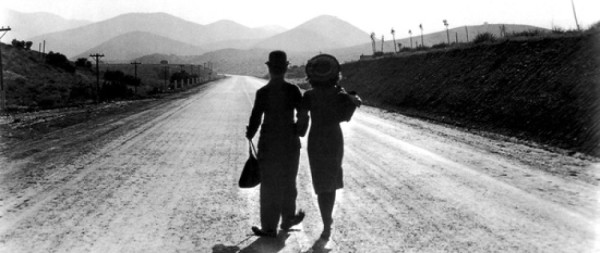Hell’s Angels
Directed by Howard Hughes (Edmund Goulding and James Whale uncredited)
Written by Howard Estabrook and Harry Behn from a story by Marshall Neilan and Joseph Moncure March
1930/US
The Caddo Company
IMDb page
Repeat viewing/YouTube (free)
Helen: Would you be shocked if I put on something more comfortable?
This movie shows what could be done at the dawn of cinema when unlimited amounts of time and money were thrown at one.
Two brothers, Monte (Ben Lyon) and Roy (James Hall), could not be more different. Monte is worldly and cynical. Roy is decent and honorable. Roy is in love with Helen (Jean Harlow), whom he idealizes as a fine woman. Jean prefers to wait for whomever next wants to show her a good time. She starts off by seducing Monte.
Ben and Roy join the RAF and become pilots. (Most of the characters in this are British but almost all speak with American accents.) Helen follows them to France where she works at a canteen for pilots.

Who needs nudity when there are dresses like this and bodies to fill them?
Helen continues to break hearts. Ben hates the war and is willing to do almost anything to avoid being killed. Roy is brave and loyal. Here is where the thrilling aerial combat starts. When the brothers are captured, who will prevail?

The flying scenes and explosions are simply fantastic. Then throw in a super-sexy Jean Harlow in her Pre-Code break-out performance and you have one gripping film despite a little hoke once in awhile. I don’t know what I was expecting but this was a delightful surprise that held up perfectly on this re-watch. I saw the restored version with tinted sections.
The film was nominated for a Best Cinematography Oscar.



























